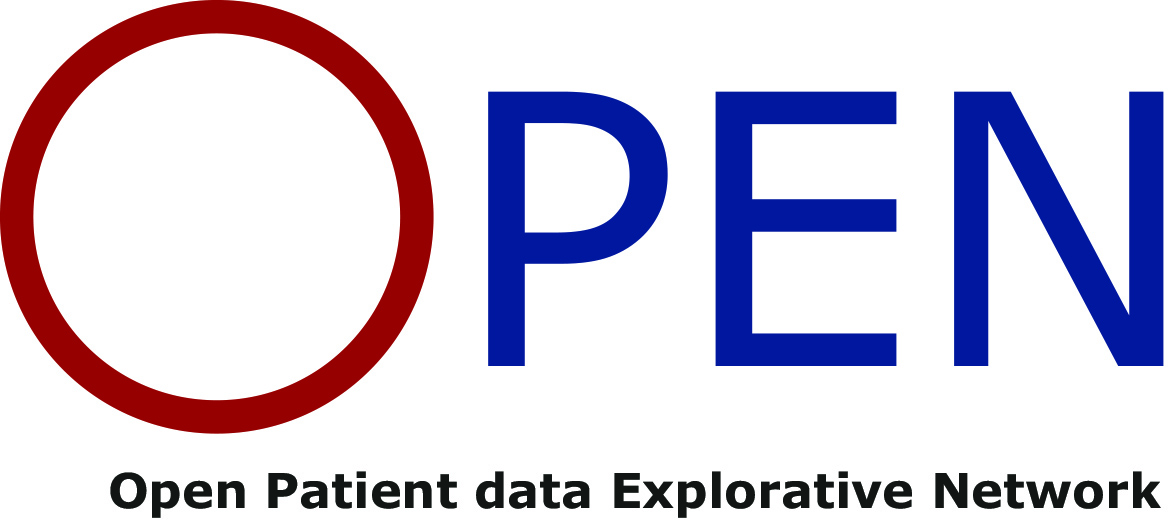
MD, PhD
Simon Mølstrøm
1 Department of Anesthesiology and Intensive Care, Odense University Hospital, 5000, Odense C, Denmark and Clinical Institute University of Southern Denmark
| Projekt styring | ||
| Projekt status | Open | |
| Data indsamlingsdatoer | ||
| Start | 24.03.2025 | |
| Slut | 24.03.2028 | |
KETAMINE SEDATION AS NEUROPROTECTIVE AGENT FOLLOWING OUT-OF-HOSPITAL CARDIAC ARREST
Short summary
The KETOHCA trial aims to assess the neuroprotective potential of ketamine compared to propofol, used as sedatives in comatose patients following out-of-hospital cardiac arrest (OHCA). OHCA is a critical emergency with a dismal prognosis; despite successful resuscitation, 30-day survival remains below 50%. The poor outcome is mainly driven by hypoxic-ischemic brain injury (HIBI), that progresses even after restored circulation. Currently, interventions to mitigate HIBI are initiated after hospit
Rationale
In Europe, between 67 to 170 per 100,000 individuals suffer from Out-of-Hospital Cardiac Arrest (OHCA) annually. (1) Despite advances in acute medical care, the survival after 30 days in OHCA remains low at around 10%. For unconscious OHCA patients who achieve return of spontaneous circulation and subsequently are admitted to an intensive care unit (ICU), the 30-day survival remains lower than 50%. The poor prognosis is primarily driven by oxygen deprivation to the brain, known as hypoxic ischemic brain injury (HIBI), which is the leading cause of death and poor neurological outcomes in resuscitated OHCA patients. Early neuroprotective interventions are crucial for improving outcomes. Neuron-specific enolase (NSE), a well-established biomarker for neurologic prognosis, will be measured at 48 hours to assess early cerebral injury.
Description of the cohort
Eligible patients must be adults (≥18 years) with OHCA of presumed cardiac origin, a primary shockable rhythm, and requiring prehospital intubation with return of spontaneous circulation and MAP ≥40 mmHg.
Data and biological material
Biobank blood samples: NSE levels 48 hours after cardiac arrest. Death from all causes at 180 days after cardiac arrest, assessed through electronic patient records. CPC- and mRS score at hospital discharge and 180-240 days after cardiac arrest, assessed by standardized telephone interviews.
Collaborating researchers and departments
Department of Cardiology, Copenhagen University Hospital, Rigshospitalet, Denmark
- Christian Hassager